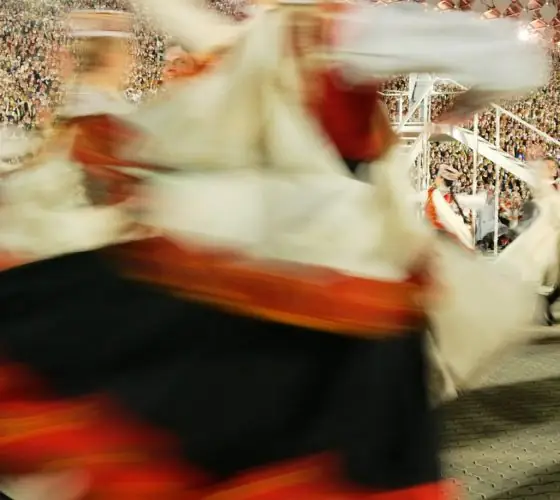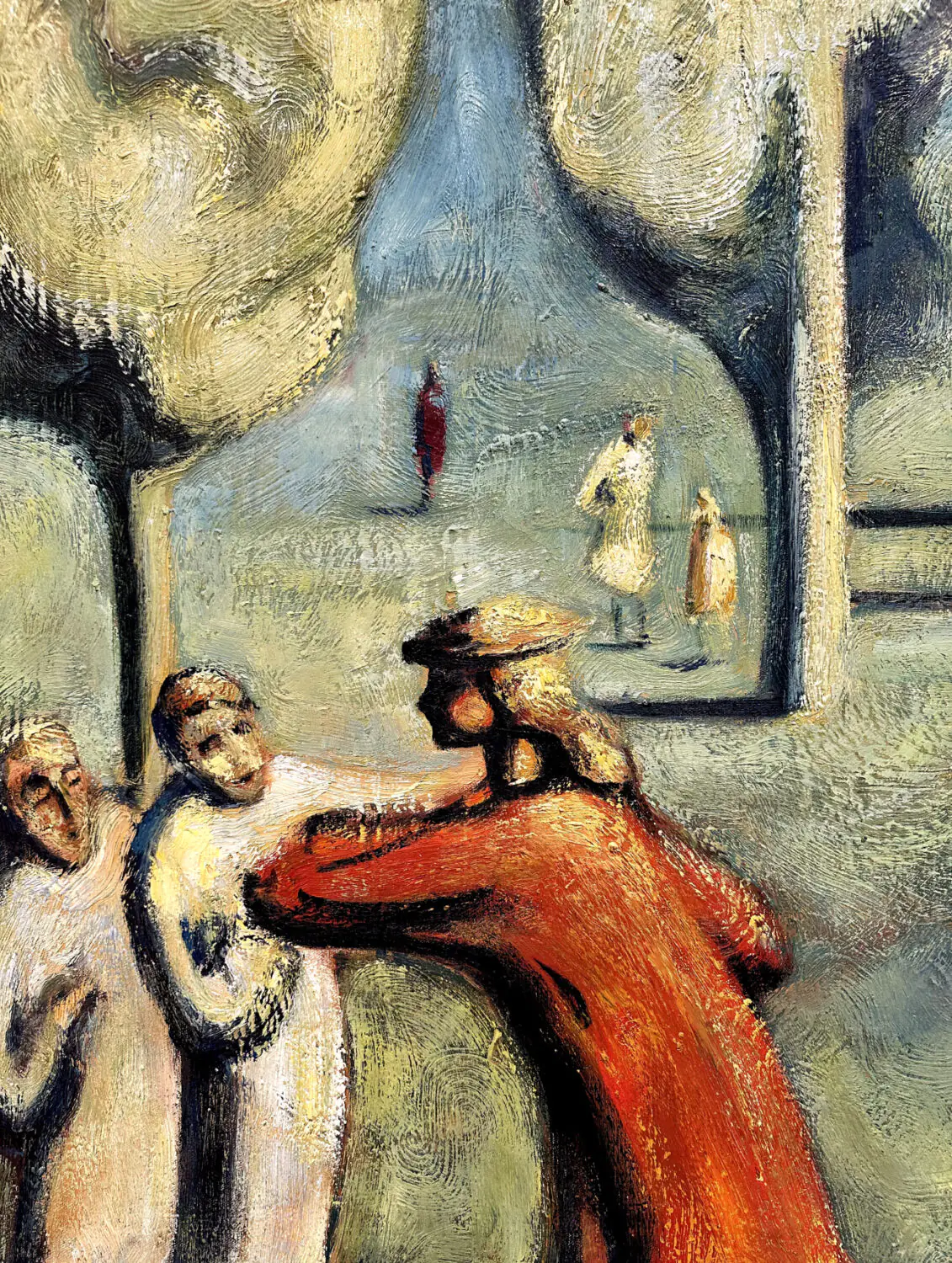
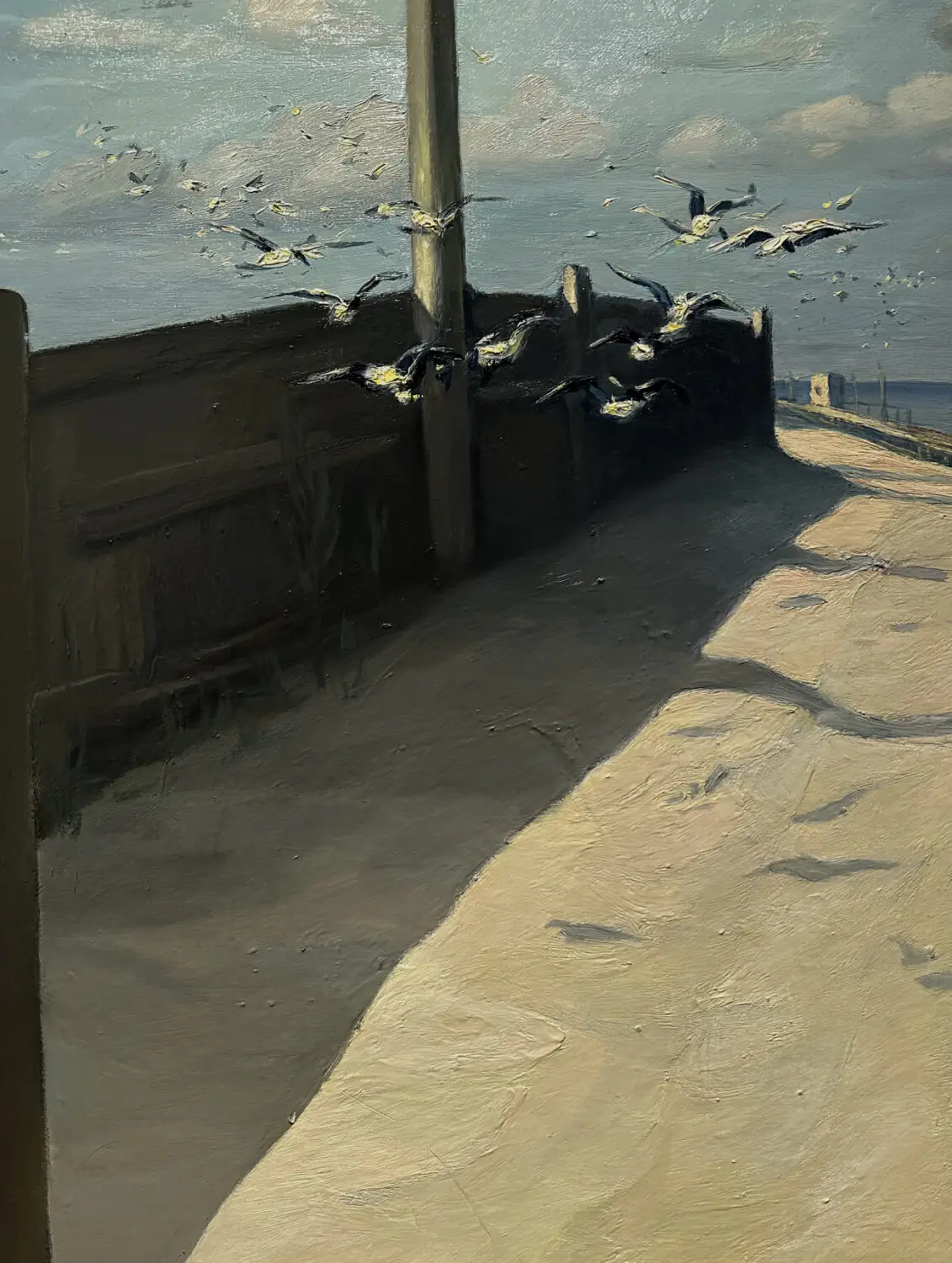
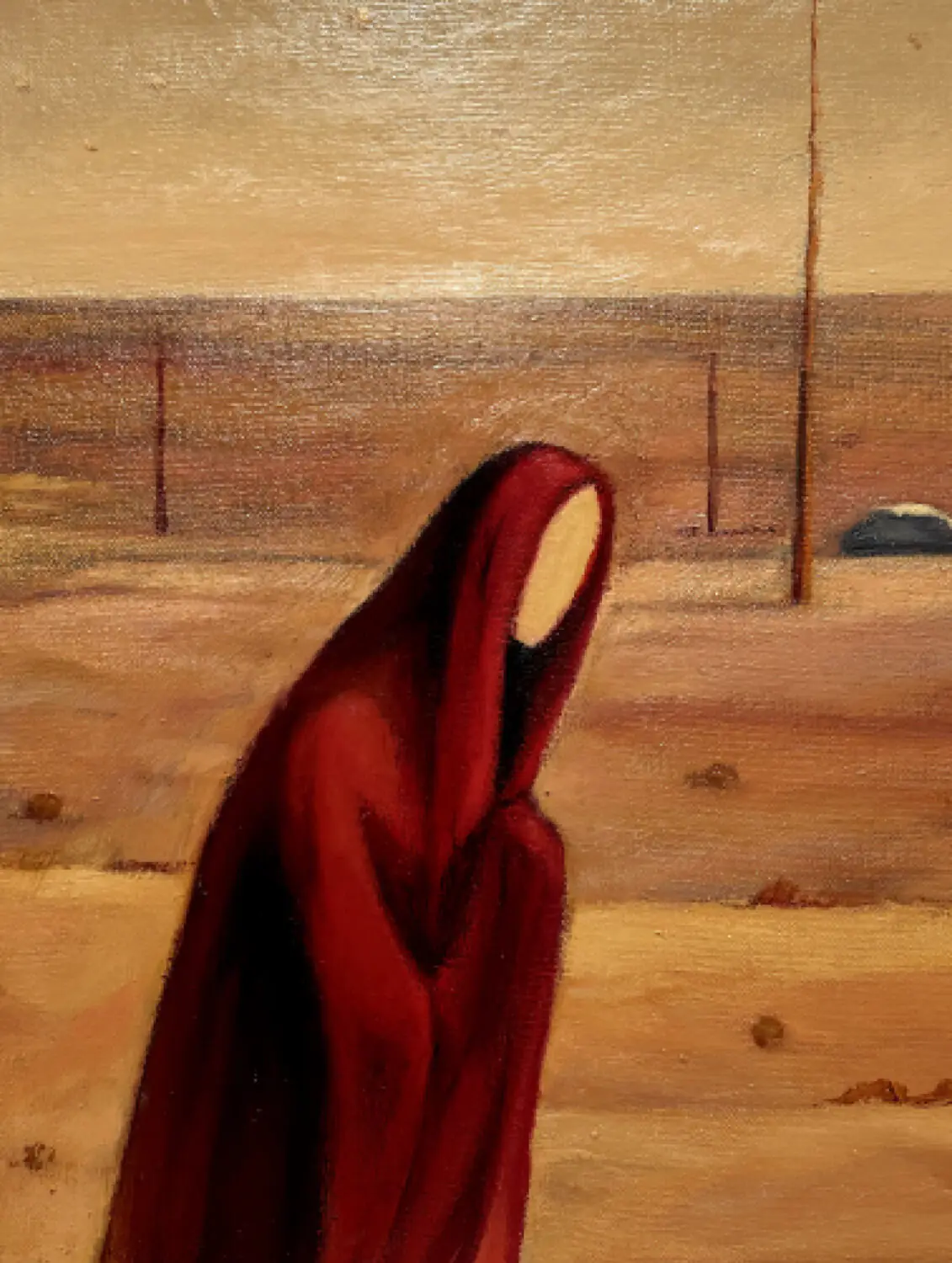
The film, like the artist’s fate, is heavy, but it is a documentary after all. There are many long pauses and much silence, which is occasionally broken only by the gentle sound of a brush dancing on a canvas: Delle lives most of her life ensconced in these sounds.
Biruta Delle was born in 1944. Her family felt the effects of the war in full: when she was a child, her parents had to work full-time in jobs that didn’t suit them at all. So Biruta grew up on her own – playing solitary games and immersing herself in fantasies. Already at such an early age she felt something special looming in herself, but she did not dare express it in any way. And then, at the age of 15, she had a fateful meeting, which would become the happiest of her life – with the man who made her pick up the brush and began her life’s passion.
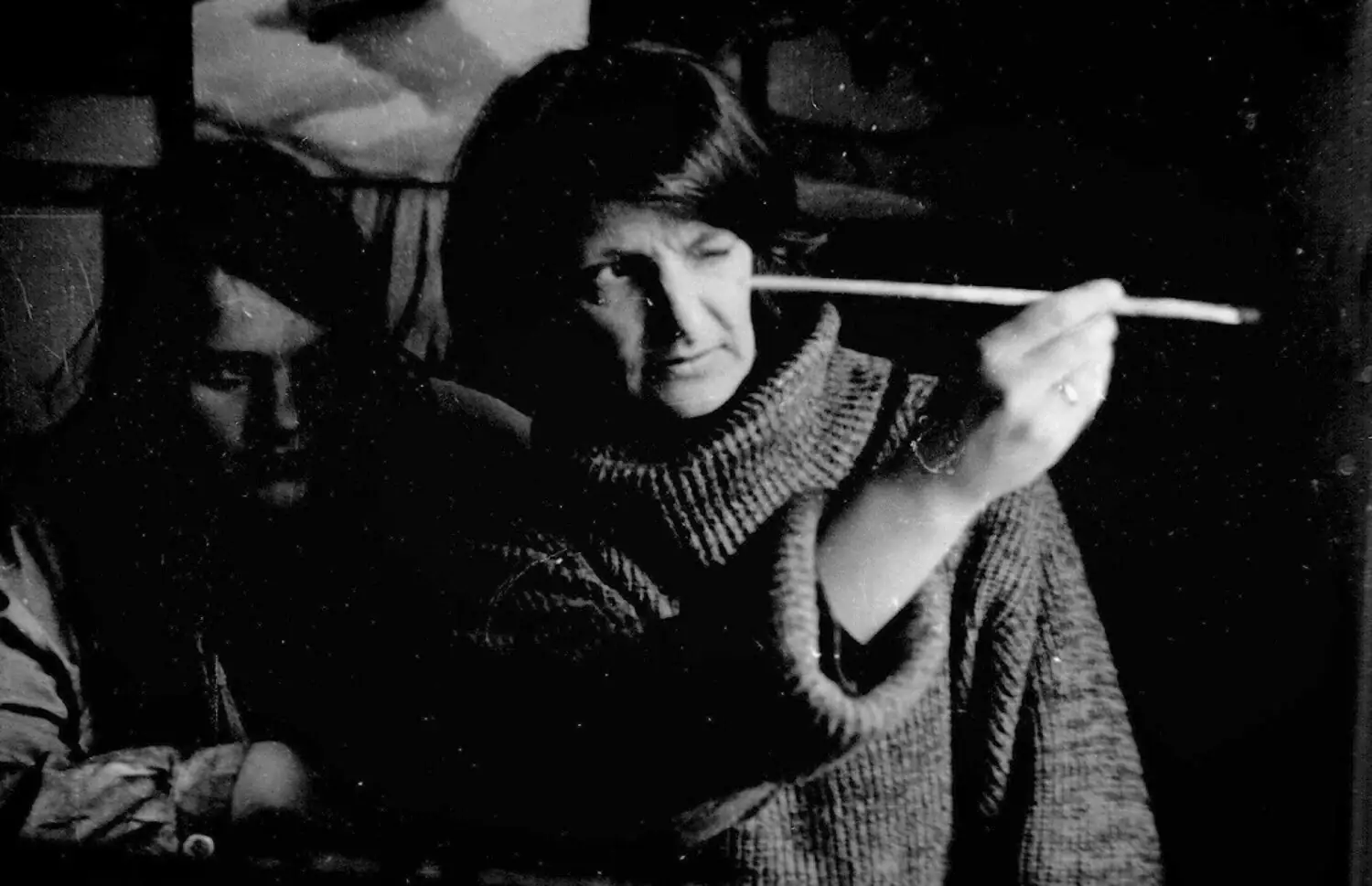
Art is love
That man was the painter Ansis Stunda. Biruta idolised him and told that the only thing that she wanted to do after their meetings – continue painting. Almost every day, for six years in a row, she went to his attic studio in Old Riga for lessons.
Apart from the fact that the master did not charge for the lessons, he was the one who convinced Biruta’s parents to let her paint. Perhaps it was to leave a good impression on them or perhaps it was true, when he met them he likened Biruta to clay which could be moulded into the greatest artist he’d ever seen.
Biruta paid Ansis only once: this payment was her promise to him that she would remain faithful to painting no matter what. She kept her promise, despite the many trials and tribulations that awaited her.
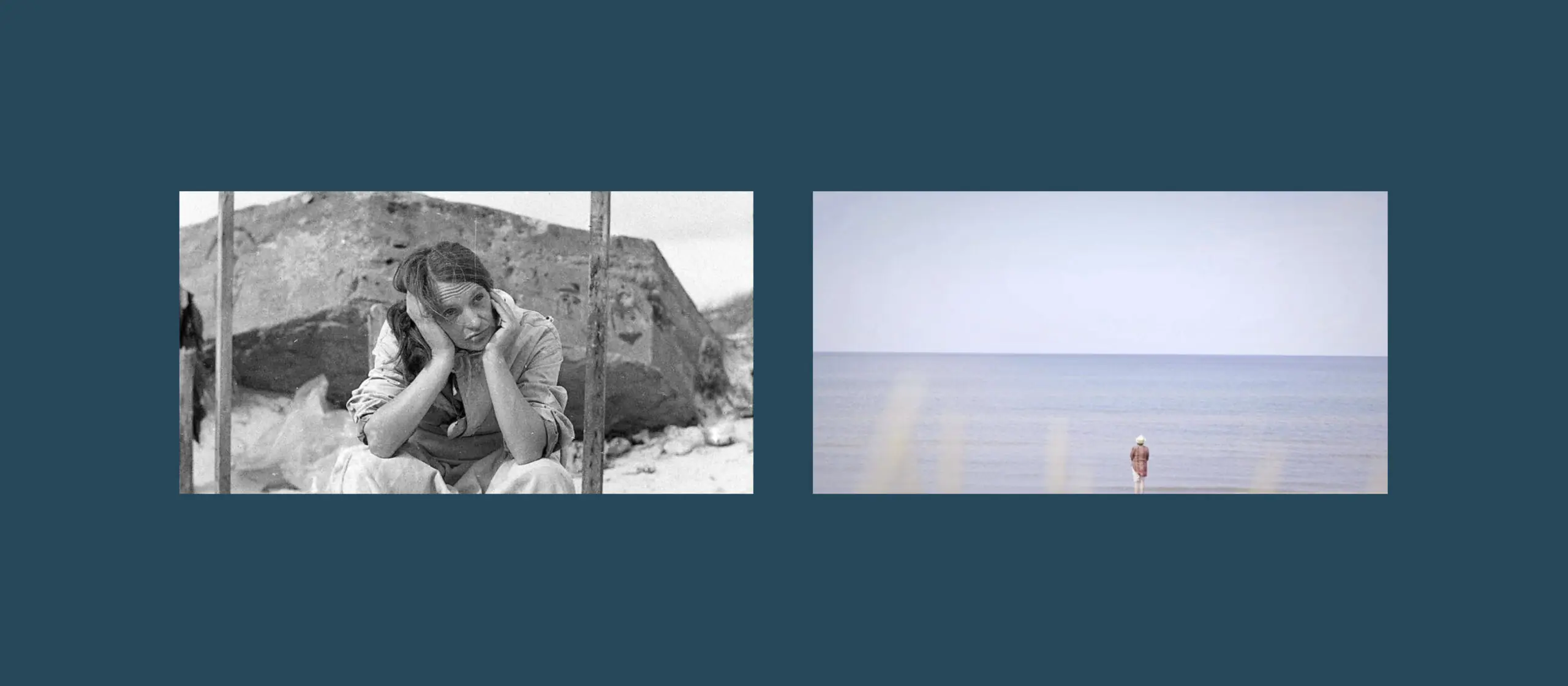
What’s behind the canvas
Biruta’s life is a drama, and even the elements of comedy seem to have been left out of the script. She lost her two husbands, a son, sometimes was even losing herself – but always managed to find again. Painting has never been her main source of income. For a long time, she worked as a teacher in Mazirbe, a village near Cape Kolka. But whoever she was and wherever she was, she had her colours and nature, which became the main inspiration and, perhaps, the hero of her creativity. She keeps saying that she loves nature because it, unlike man, rarely deceives.
From 1964 to 1967, Biruta studied at the Latvian Academy of Arts, but did not finish it. However, she claims that she did indeed complete one kind of academy – that six-year period with her first master.
A world of dreams
Delle’s work is easily recognisable by the deformed figures, the light (often warm) bordering with shadow, which creates the unique atmosphere of mystery and a kind of involvement of the viewer. She says about her work: “Some things in the world are constantly changing, but I am more interested in the eternal, in all that is timeless”.
Some of Delle’s works are surreal. She rarely plans her paintings in advance: they are often born from small sketches that she makes while talking on the phone or listening to music. At such moments, the drawing comes from the unconscious. This is almost an analogue of the automatic drawing technique used by the surrealists.
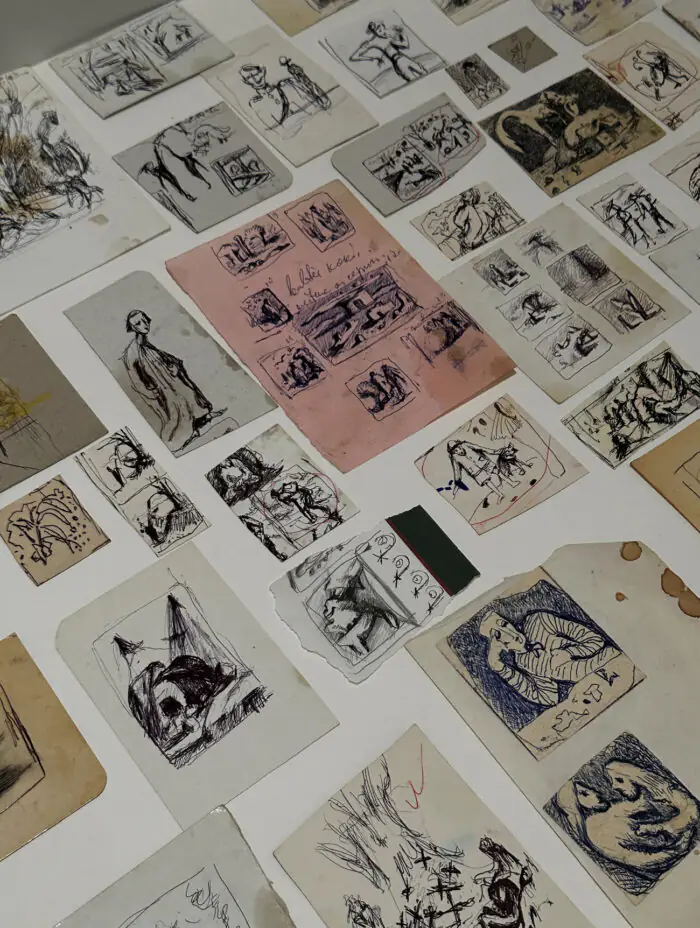
Biruta immerses the viewer into the depths of the human soul with great skill, bringing to the surface what she herself has felt and experienced throughout her life. She is particularly honest about pain. Despite this, most of her works are full of irony.
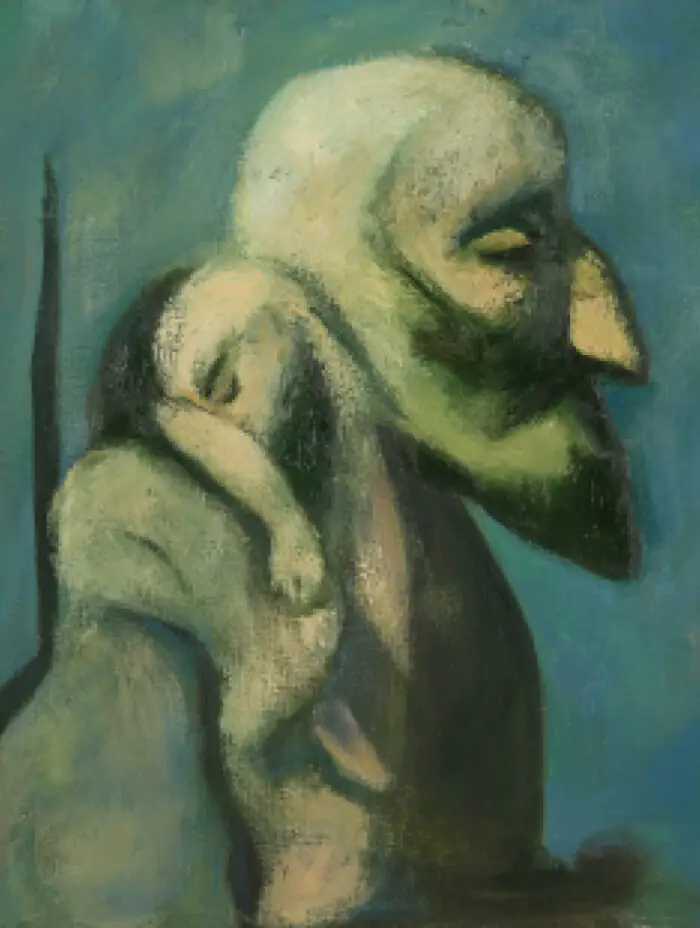
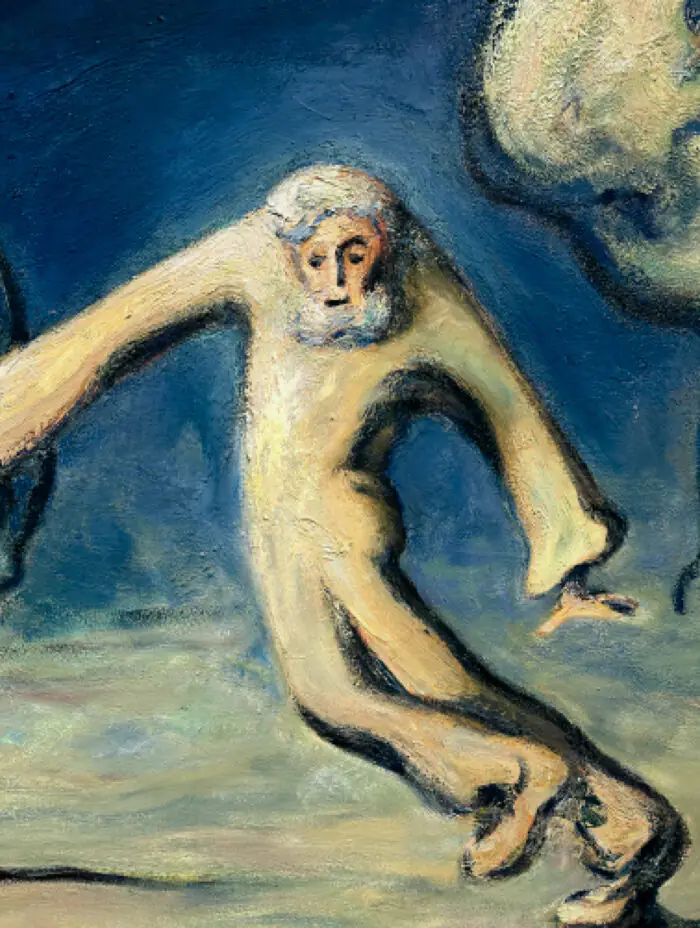
Drawing every day
It is impossible to call Biruta a public person – sparse interviews, scarcely getting caught by photographers’ lenses. Nevertheless, the artist holds exhibitions with enviable regularity. This year, for example, for four months (from 27 January to 21 April) a part of the Latvian National Museum of Art will be transformed into the exhibition “To Paint Every Day”. The title is not just a metaphor. Biruta really does paint every day, as many of her colleagues and friends can confirm. At certain period of time, to paint every day became part of her lifestyle.

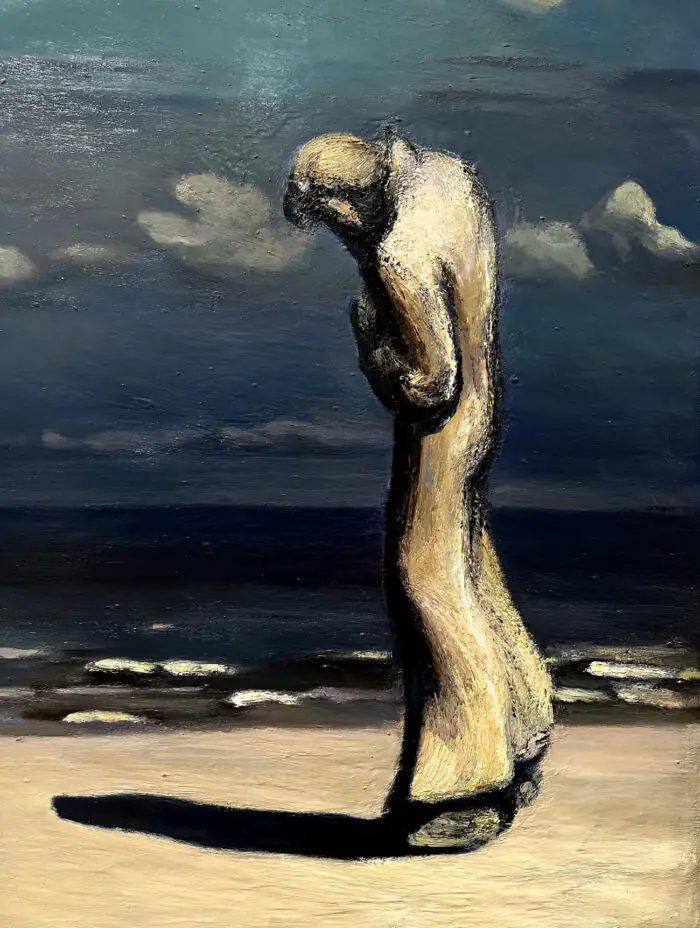
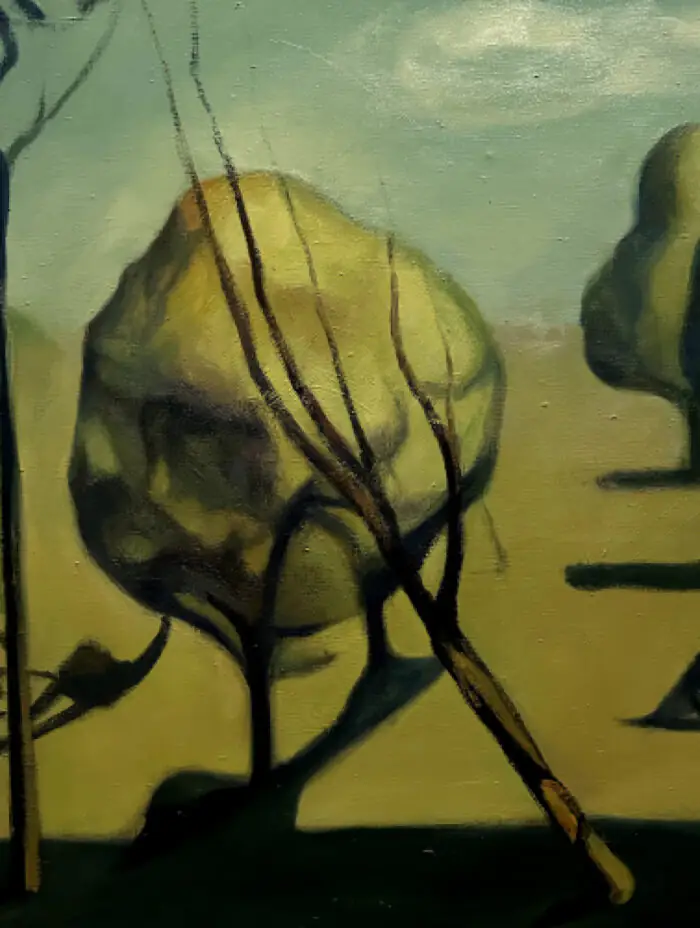
This is the largest exhibition by the artist in recent memory: works covering 60 years of her work will be presented, and from three collections at once: the Zuzeum Art Centre, the Latvian Artists’ Union Museum, the Latvian National Museum of Art itself, as well as several private collections.
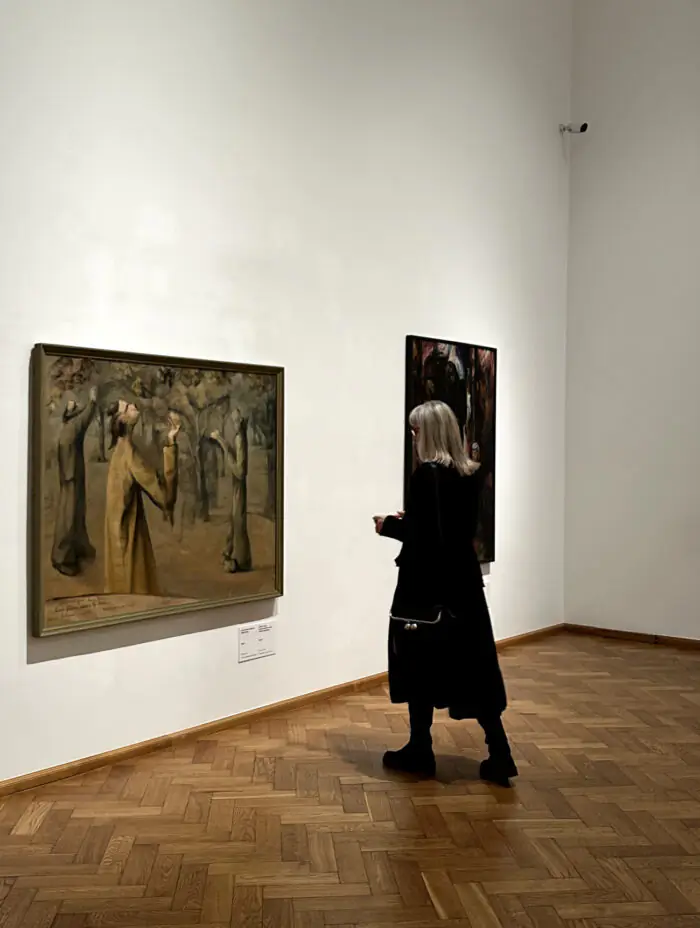
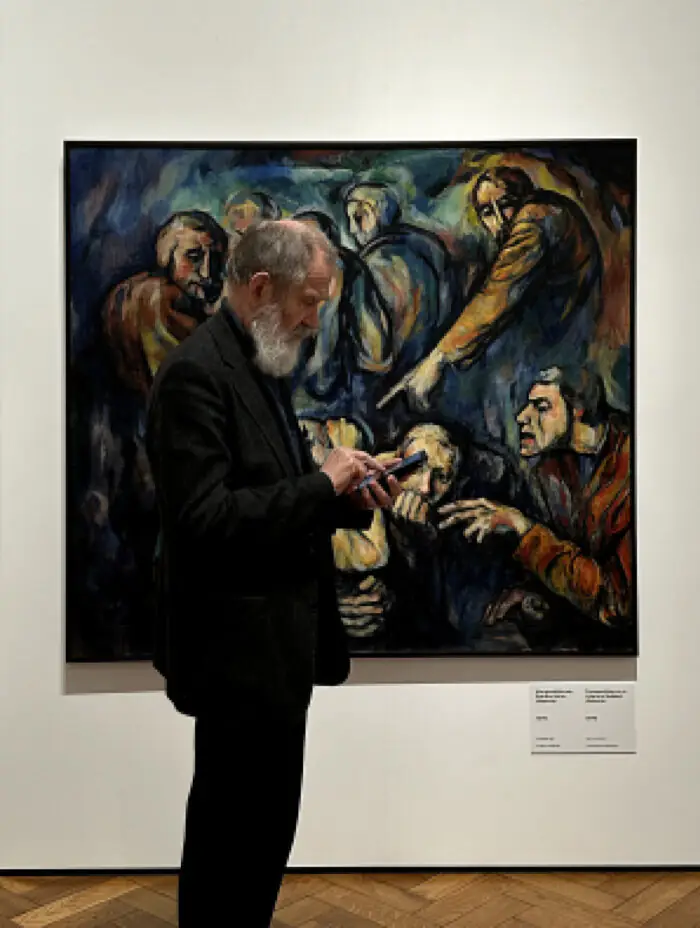
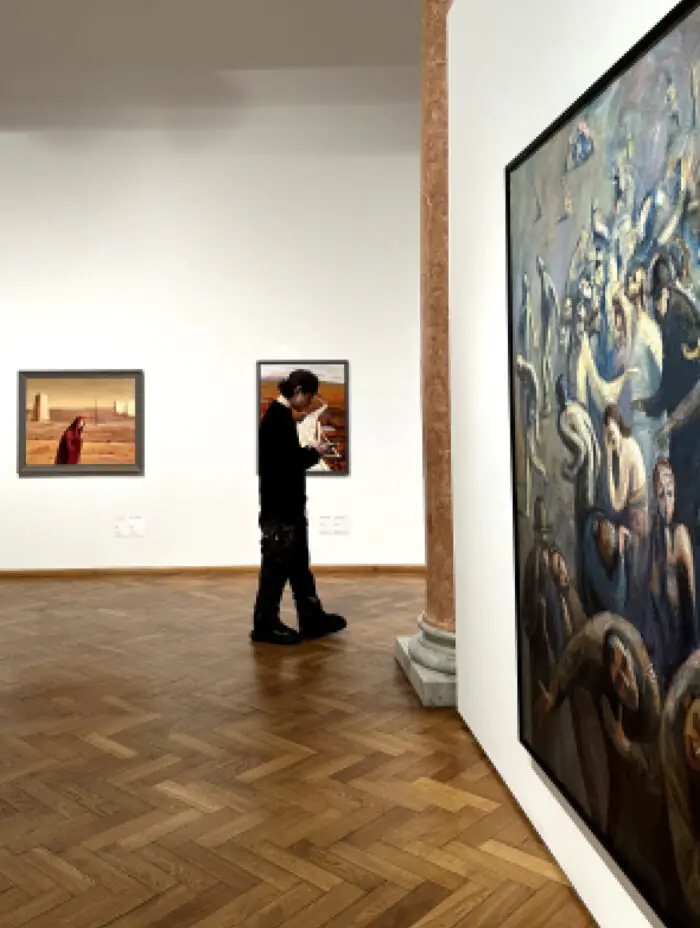
Eternal loner or eternal seeker
For many years this question has been associated with the work and personality of Biruta Delle. The spark was her 1977 work “Who was unwanted in the olive garden…”. Hopefully, dozens of works from different periods, presented under one roof (the olive garden will also be there), will help you find the answer. And as a pleasant addition, you can try the masterclasses inspired by the artist’s creativity, which will be held regularly at the museum during these four months. Stay tuned for announcements.
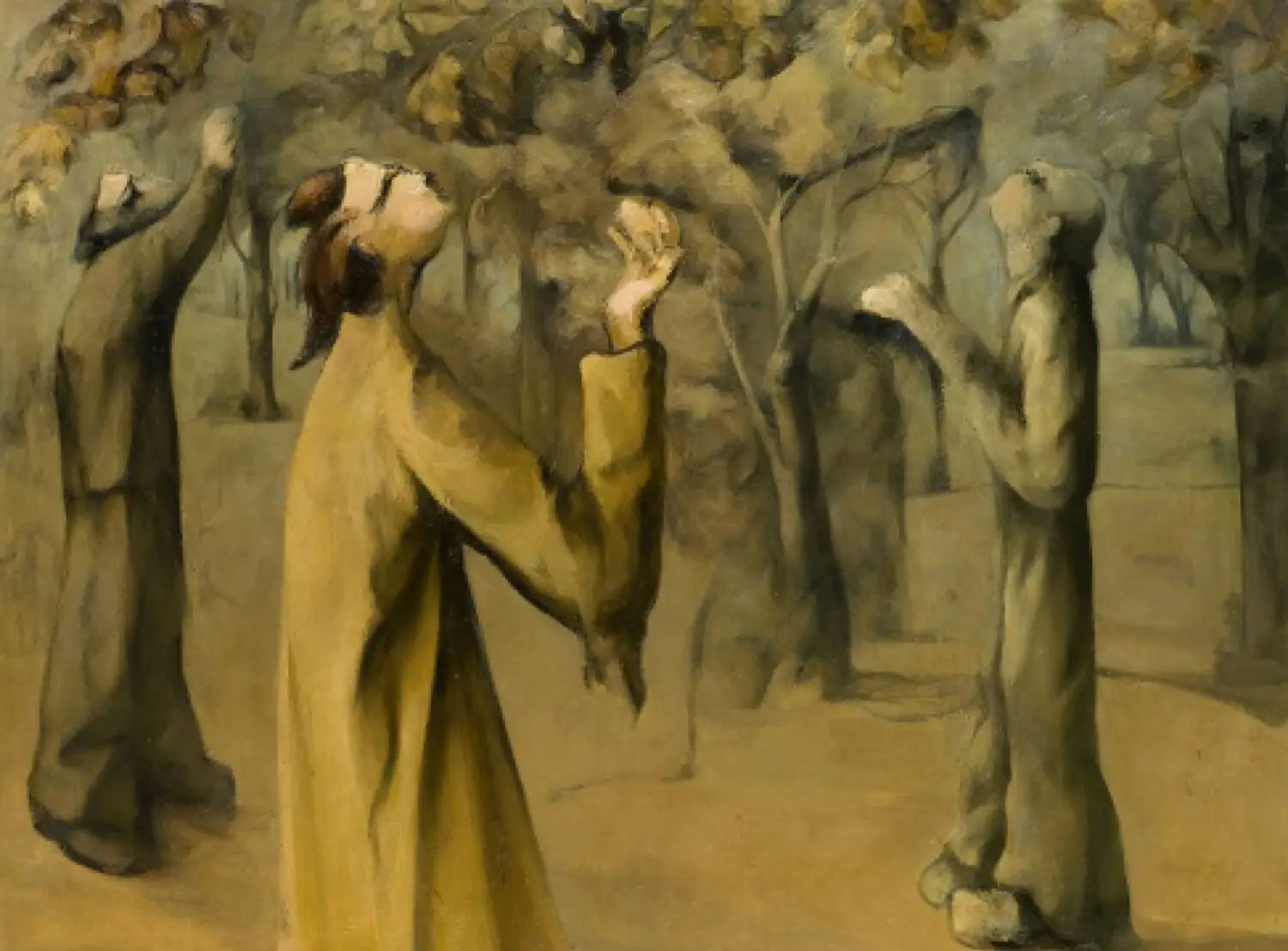
diena.lv





